Stalker M-Spec
Redefining High Performance
The Stalker M-Spec was the resolution of building, driving, and owning Stalkers for many years. The M-Spec was designed and engineered by the company’s new owner, Scott Minehart. Scott, a long time fabricator and driver for Stalker Cars, was driven to produce a better performing car on the street and track. The Stalker M-Spec features an all new designed chassis with double wishbone suspension with inboard push rod shocks, front and rear. The body was restyled with a modern and aerodynamic approach, but still maintains the essence of the original Stalker. Weighing in around 1600 pounds, it houses power plants ranging from 200hp V6’s to 525hp V8’s, perfect for any level of desired performance.
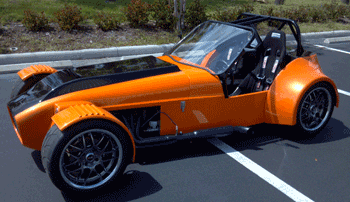
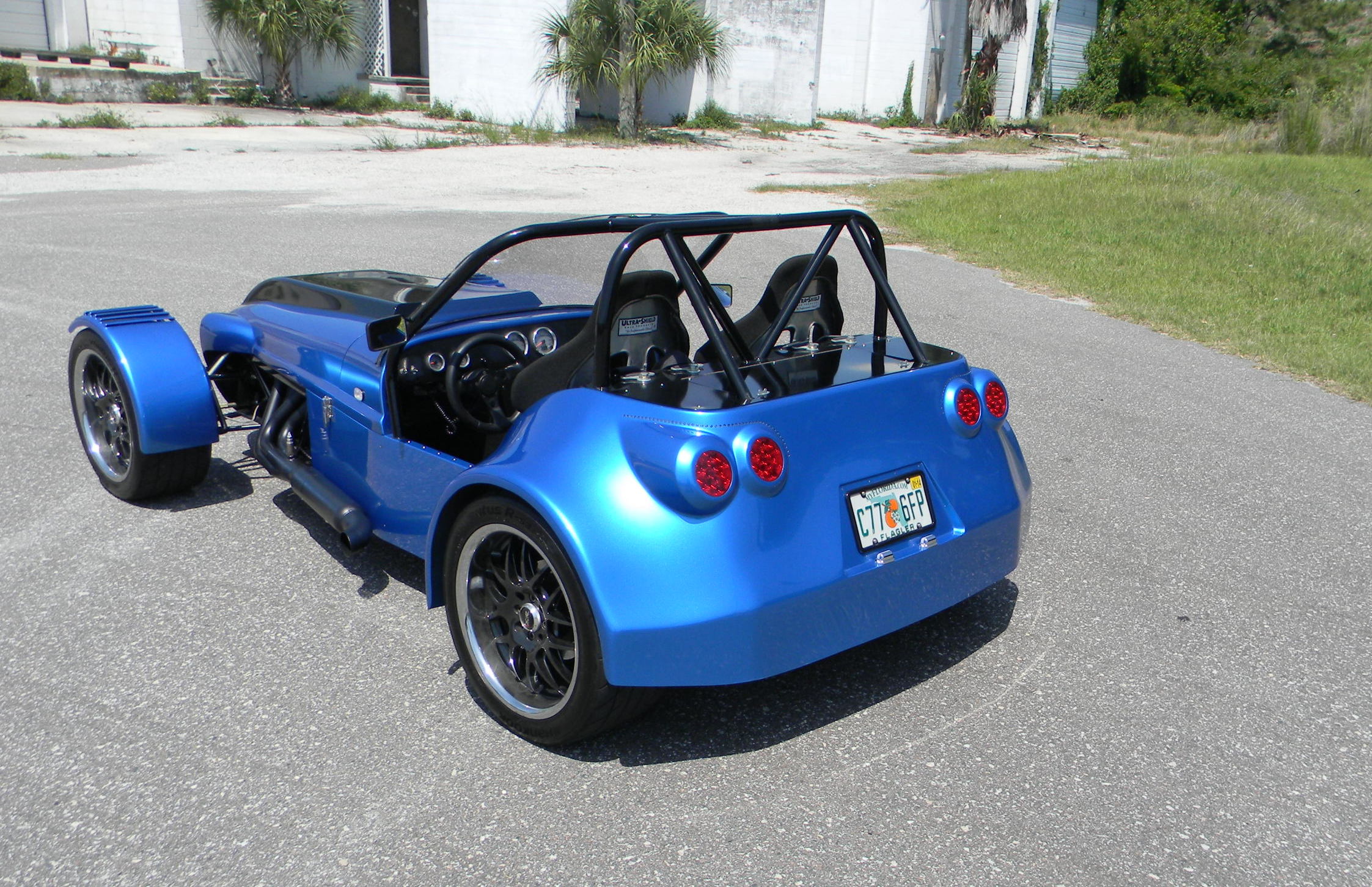
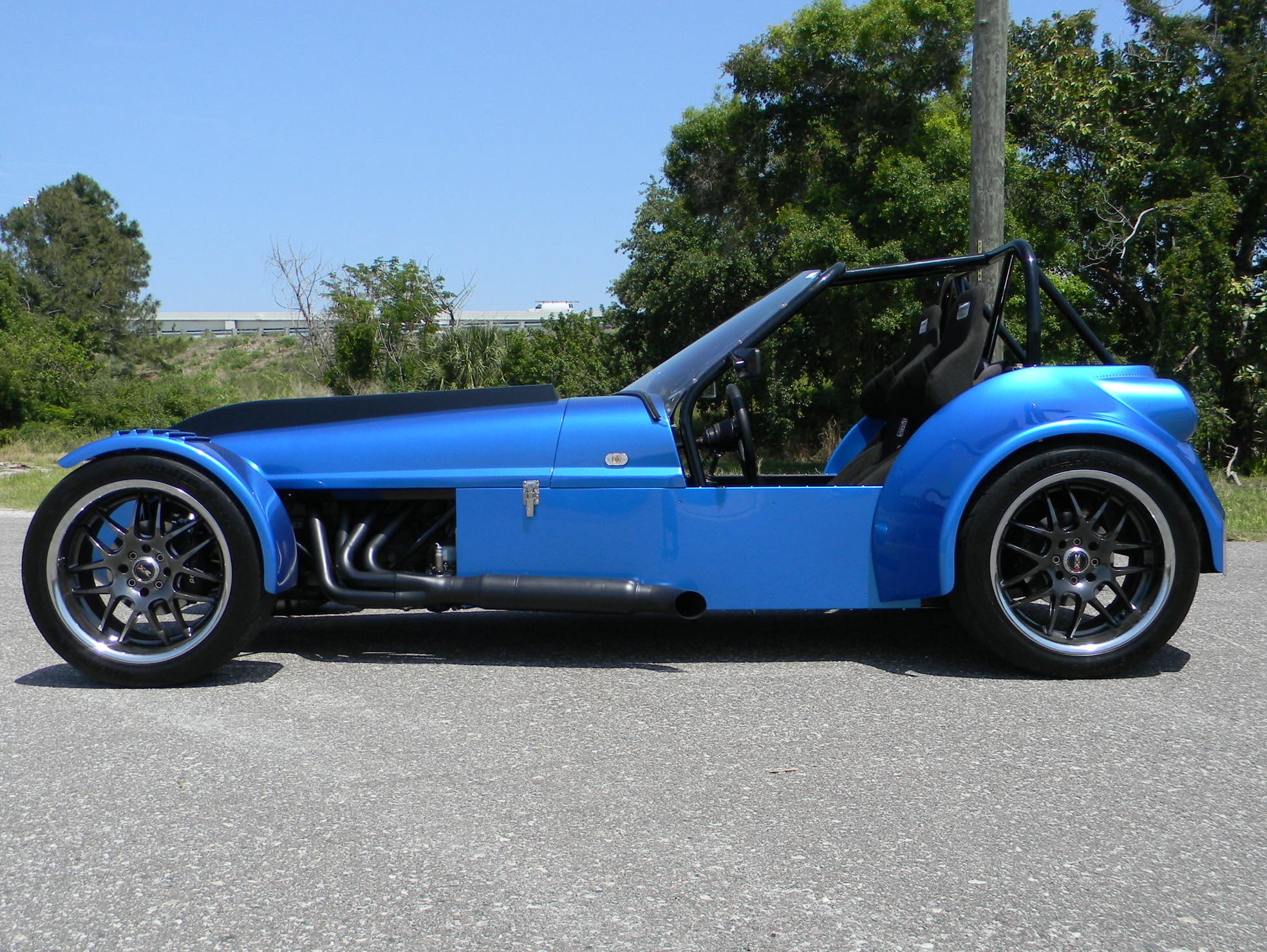
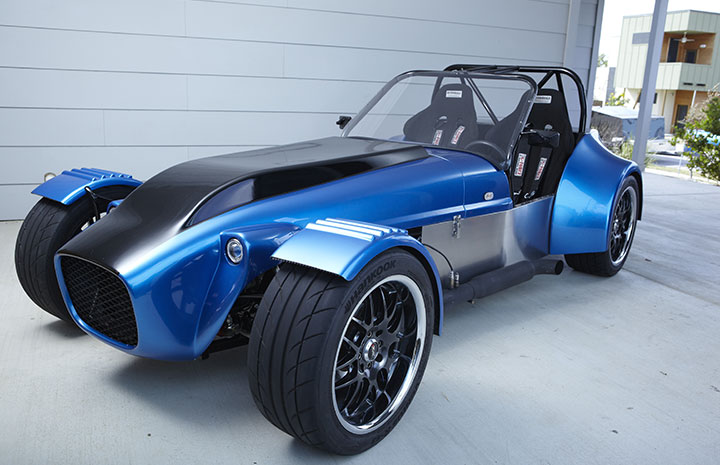
Suspension
The suspension is one of the biggest highlights of a Stalker. A good suspension design delivers excellent ride quality and superb handling, the new generation of Stalkers have surpassed expectation. Now made with custom billet spindles, a 5″ x 4.5″ (114.3) wheel pattern, the most desirable of wheel styles are available. The M-spec uses 17″x9″ wheels and 255/40/17 tires on all four corners. All wheel hubs feature internal speed sensors for the added use of traction control. The braking system features 4 piston Wilwood calipers front and rear with your choice of 10″ or 12.75″ rotors, hydraulic proportioning valve, and power brake booster.
Front Suspension
The front end features double wishbone setup with inboard shocks via push rods and rockers. The inboard shocks allow for big increases in motion ratio, using more shock and providing better damping and wheel movement control. The Coleman steering rack has precise control of the billet aluminum spindles. For the race engineer, nearly every facet of suspension geometry is adjustable. In addition to castor, camber, and toe, there are multiple mount locations for the push rods and shocks to adjust the motion ratio on the fly, thus changing the effective spring rate. The control arms’ mounting locations can be moved to change roll center vs ride height dynamics. The heims can be threaded in or out to change control arm length. Even kingpin inclination can be adjusted.
Rear Suspension
The rear end features double wishbone setup with inboard shocks via push rods and rockers. The inboard shocks allow for flexibility in motion ratio, using more shocks and providing better damping and wheel movement control. The billet aluminum spindles are controlled by a simple toe link. For the race engineer, nearly every facet of suspension geometry is adjustable. In addition to castor, camber, and toe, there are multiple mount locations for the push rods and shocks to adjust the motion ratio on fly thus changing the effective spring rate. The control arms mounting locations can be moved to change roll center vs ride height dynamics. The heims can be threaded in our out to change control arm length. A arms can be mounted at different angles to adjust squat dynamics. The toe link car attachment is adjustable up and down to apply dynamic toe in. Dynamic toe in can be very effective for rear traction on corner exit.
Bodywork
The hood sports a dramatic cowl induction style raised scoop. The headlights have been pulled inward toward the nose to create a sleeker shape. They house a HID projector light with hi/low beams. The front fenders have been louvered to prevent lift at high speed, and house a unique strip of Amber LED turn signals. The windshield is integrated with the roll cage. This improves aerodynamics and dramatically increases ride quality for highway winds. The rear fenders were uniquely shaped to prevent lift at high speed and blends in beautifully with the tail lights. All in all we wanted to create a better performing shape with modern styling cues, but still recognizable to the Stalker Classic.
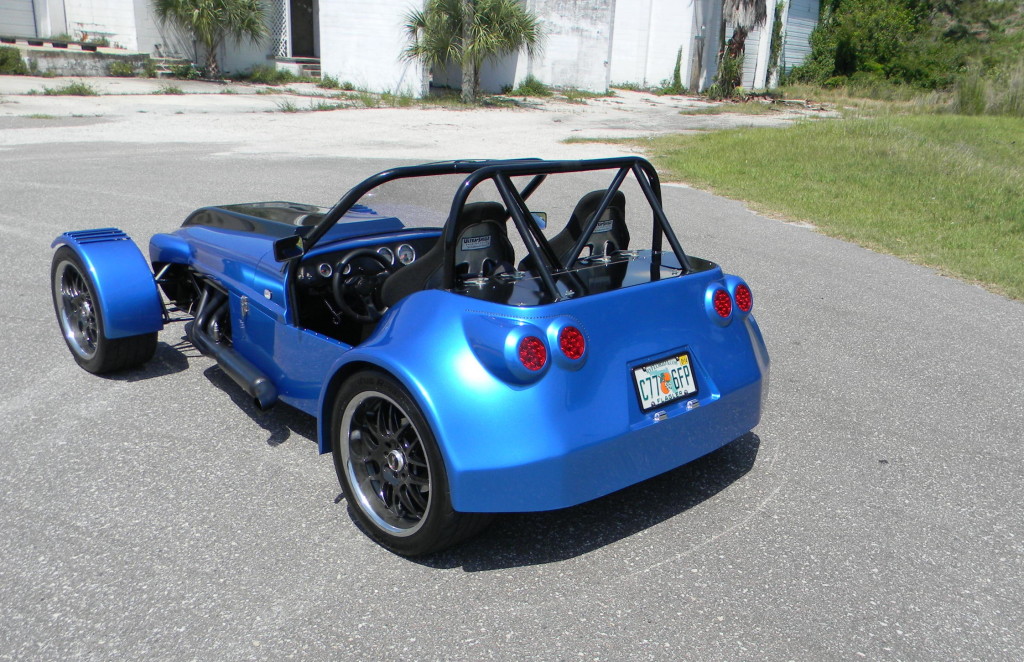
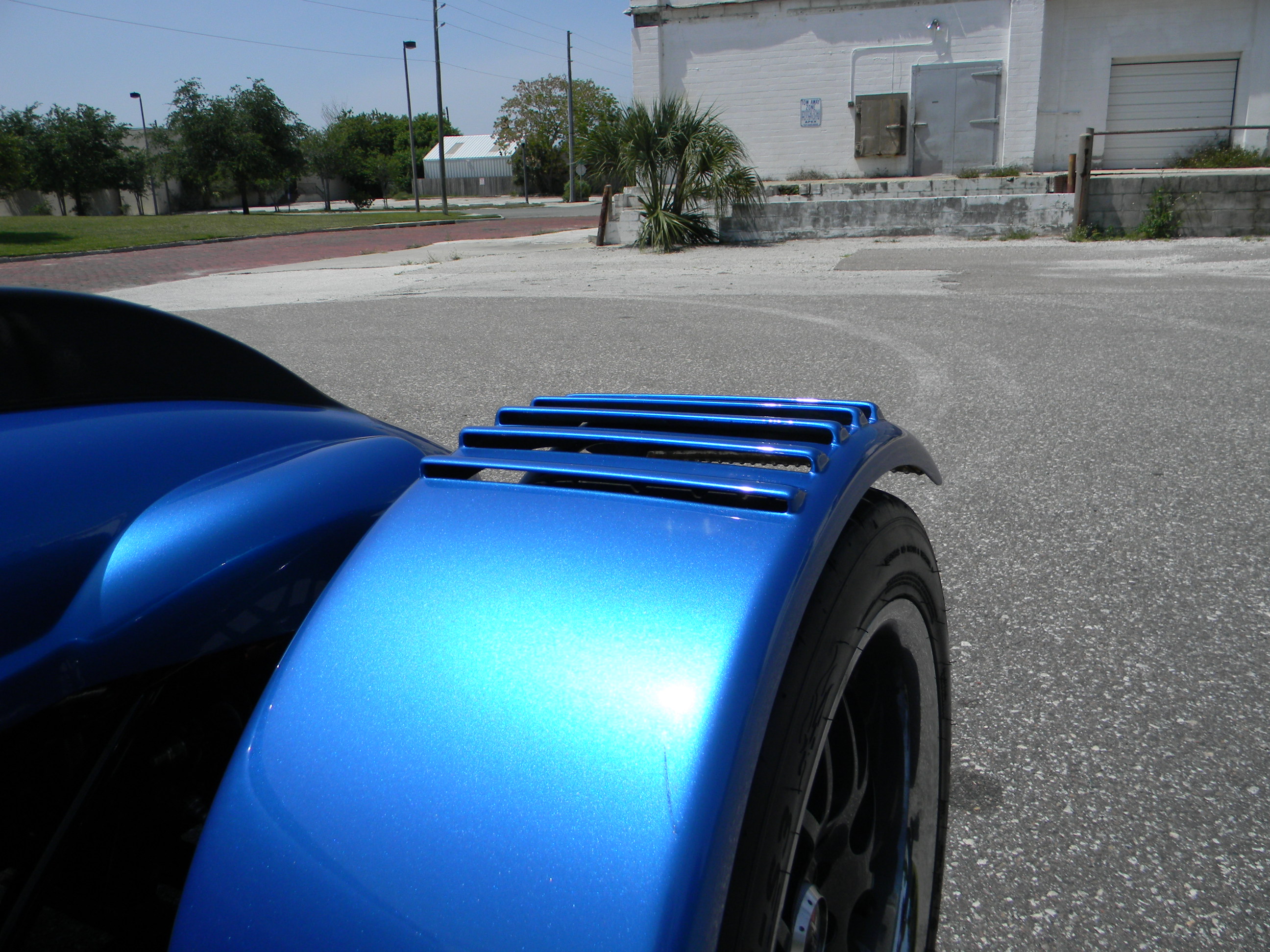
Performance
You can not match the performance of a Stalker for the money, or hardly at all for that matter. 0-60mph times range from 2.4 to 4 seconds and 0-100mph times are being clocked in under 5 seconds. The Stalker will leave you breathless almost every time you ride. Speed is only part of the equation. The turning capabilities are unsurpassed. The steering is quick and precise allowing you to pick, choose, and fine tune the perfect apex. The rear end is stable and tamed on and off the throttle. This combination gives you a car that not only pulls high G forces, but is controllable and forgiving on the edge of traction. When not cruising around the streets of your home town, you will see Stalkers on the podium in Autocross, Time Trial events, and passing race prepped exotics at weekend track days.
The Stalker M-Spec is designed to accommodate 2 different engine series. The first being the GM 3.8 V6. This engine is readily available used and very affordable throughout North America in either Naturally Aspirated (200hp,200ftlb) or Supercharged (240-260hp/300ftlb). The second series is the all aluminum LS V8 from GM. This light(350 pounds) and compact V8 is widely available throughout North America in used and new crate form. The LS generation engines range from 5.3 to 7 liter and 330-525 stock hp.
The Stalker M-Spec is designed to accommodate 2 different engine series. The first being the GM 3.8 V6. This engine is readily available used and very affordable throughout North America in either Naturally Aspirated (200hp,200ftlb) or Supercharged (240-260hp/300ftlb). The second series is the all aluminum LS V8 from GM. This light(350 pounds) and compact V8 is widely available throughout North America in used and new crate form. The LS generation engines range from 5.3 to 7 liter and 330-525 stock hp.
